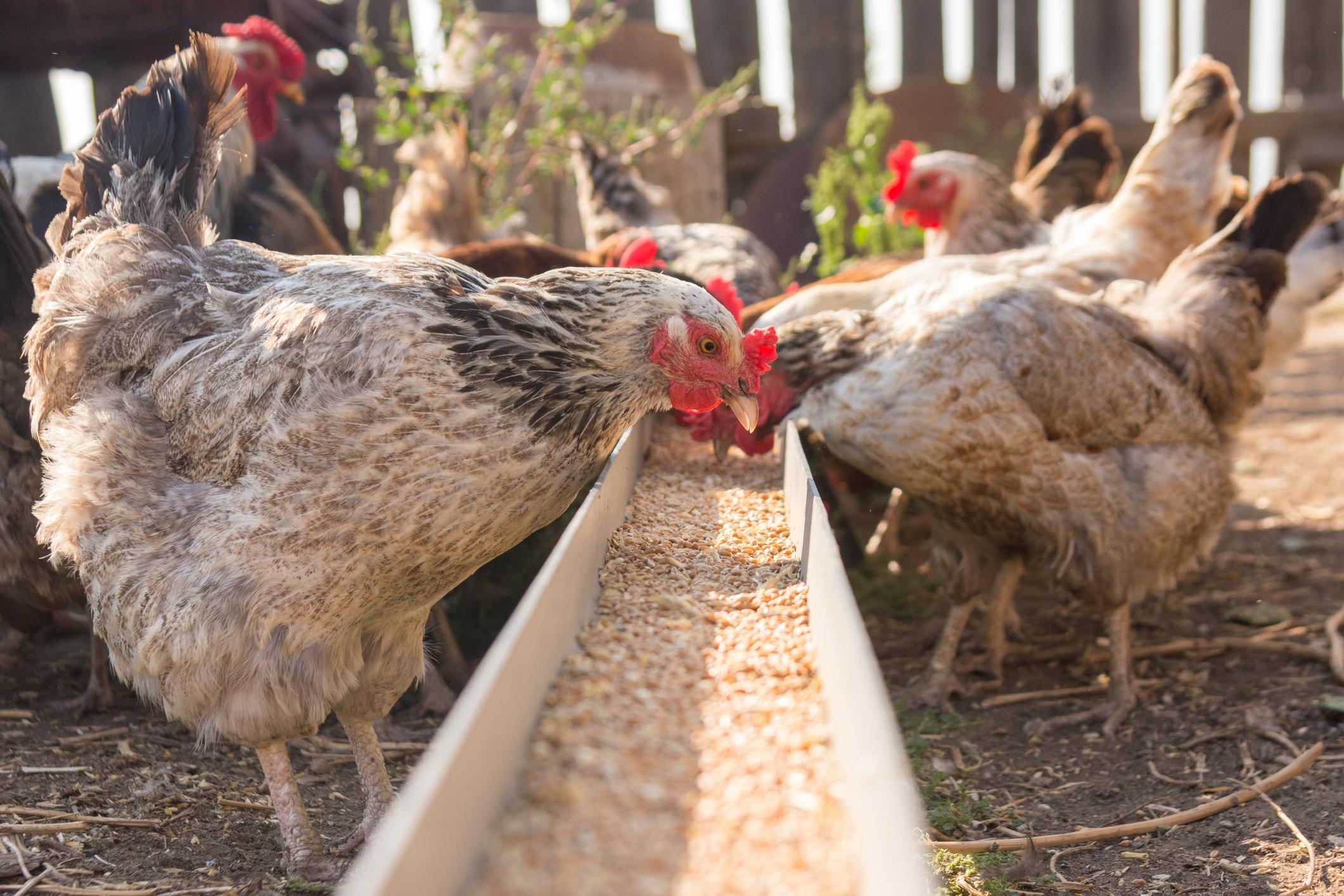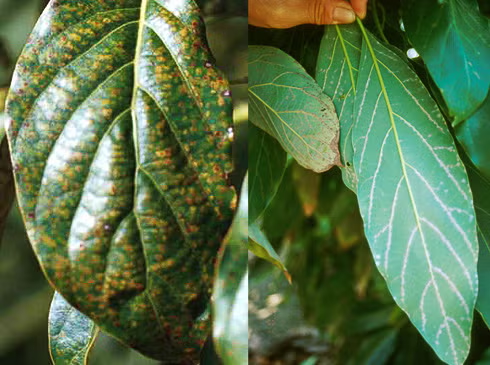
Garlic farming is promoted as one of the most profitable crops with a profit potential of KSh 1,900,000 per acre.
But how true is this claim? To understand the profitability, we must analyse the costs involved in as realistic a manner.
If garlic farming truly generated these huge profits, then all Kenyan farmers would be millionaires.
There is a reason why the majority would rather cultivate normal bulb onions instead of garlic.
One key reason is the lack of a market or a slow market. Most consumers still prefer the white imported garlic variety.
In this cost analysis, we shall examine it from two angles: first, where you don’t have land and are looking for a long-term venture; and second, where you have your own land with an already installed drip irrigation system.
The Cost of Garlic Farming in Kenya Per Acre
As a New Farmer
You need to lease land. Good agricultural land with water access, accessibility, and fertile soil will cost you at least KSh 20,000.
This may vary with location. You also need a drip irrigation system, water tank, and water tower.
A good drip irrigation system for one acre will cost at least KSh 150,000, plus KSh 100,000 for a 10,000-litre water tank and water tower.
You also need farm tools such as a knapsack sprayer, jembe, and panga, which will cost you about KSh 30,000. This brings the total fixed cost to KSh 280,000.
With that set, let’s examine the production costs per season. Garlic often takes 5-6 months to mature, which means you need about 7 months in total.
Land preparation per acre
This will cost you KSh 6,500 for ploughing and KSh 4,500 for harrowing.
Bed preparation will also cost you KSh 15,000 if you have 100 beds and they charge you KSh 150 per bed.
This brings the total cost of land preparation per acre to KSh 26,000.
To enhance soil fertility, you will need manure—around 2 tons at KSh 10,000.

You need 150-200 kg of garlic seeds (cloves), depending on spacing. In our case, we shall use 200 kg.
A kilogram of garlic seeds costs at least KSh 500, bringing this cost to KSh 100,000.
For good yields, fertilisation is a must. You need at least 2 bags of DAP and 2 bags of CAN, costing KSh 13,000 and KSh 11,000, respectively.
You cannot rely on rainfall alone. Irrigation is essential for high yields.
Whether you are pumping from the river or buying per unit, water will cost you at least KSh 25,000.
You also need to control weeds at least 3 times per season.
At KSh 150 per bed, with 100 beds, this will cost you KSh 15,000 per weeding session, which is KSh 45,000 for the whole season.
You also need a permanent casual worker who will carry out scouting, monitoring, and spraying.
With a basic salary of KSh 10,000, the whole season will cost you KSh 70,000.
Finally, there are other costs, such as transport and storage costs, after harvesting.
Read Also: The Truth About Making Millions from Onion Farming in 3 Months
This can be allocated at least KSh 30,000.
This brings the total production cost of onion farming per acre to KSh 330,000.
This is the amount it will cost a farmer with land and an irrigation system to produce garlic on one acre.
If the farmer is new and leasing, we add the cost of leasing (KSh 280,000) to the production cost (KSh 330,000), which gives a total cost of KSh 610,000.
Garlic Profit Per Acre
Depending on management and variety planted, an acre can produce 1,500-2,500 kg on average.
However, many farmers are still struggling with poor yields below one ton.
In this case, we shall use 2,000 kg. Market prices also keep changing and vary between KSh 150 to 200 per kg at the farm gate.
In good seasons, it can be up to KSh 400-500 per kg.
If you produce 2,000 kg and sell at KSh 200 per kg, you make KSh 400,000.
This means in the first season, you will make a loss of KSh 210,000 (KSh 400,000 – KSh 610,000: Revenue less cost) and won’t recover all the amount you invested.
In a year, you can do 2 seasons.
On the second season, given that all costs and prices remain constant as in the first season (which is often rare), it means you will make a profit since fixed costs won’t be included (KSh 400,000 – KSh 330,000 = KSh 70,000).
How then can you make super profits? The only way is by selling seeds or cloves, but soon the prices will fall too as supply increases and demand falls.
Financial Analysis: ROI and Payback Period
What is Return on Investment (ROI)?
Return on Investment (ROI) is a fundamental financial metric used by economists and investors to evaluate the efficiency and profitability of an investment.
ROI measures the amount of return on an investment relative to the investment’s cost. It is expressed as a percentage and calculated using the formula:
ROI = (Net Profit ÷ Total Investment) × 100
ROI helps investors compare the efficiency of different investments and make informed decisions about where to allocate their capital.
A positive ROI indicates that the investment generates more money than it costs, while a negative ROI indicates a loss.
What is Payback Period?
Payback Period is another crucial financial metric that measures the length of time required to recover the cost of an investment.
It represents how long it takes for the cumulative cash flows from an investment to equal the initial investment amount.
From an economist’s perspective, the payback period helps assess investment risk—shorter payback periods are generally preferred as they indicate quicker recovery of invested capital and reduced exposure to market uncertainties.
Garlic Farming Financial Analysis
Scenario 1: New Farmer (Leasing Land)
Initial Investment: KSh 610,000
Annual Revenue: KSh 800,000 (2 seasons × KSh 400,000)
Annual Production Costs: KSh 660,000 (2 seasons × KSh 330,000)
Net Annual Profit: KSh 140,000
ROI Calculation: ROI = (140,000 ÷ 610,000) × 100 = 22.95%
Payback Period: Payback Period = 610,000 ÷ 140,000 = 4.36 years
Scenario 2: Farmer with Own Land and Irrigation
Initial Investment: KSh 330,000 (production costs only)
Annual Revenue: KSh 800,000
Annual Production Costs: KSh 660,000
Net Annual Profit: KSh 140,000
ROI Calculation: ROI = (140,000 ÷ 330,000) × 100 = 42.42%
Payback Period: Payback Period = 330,000 ÷ 140,000 = 2.36 years
Economic Interpretation
From an economic standpoint, garlic farming exhibits moderate profitability but requires significant patience and capital investment.
The ROI of 22.95% for new farmers is competitive compared to many traditional investments, but the payback period of over 4 years indicates substantial risk exposure.
Farmers with existing infrastructure enjoy much better returns (42.42% ROI) and faster capital recovery (2.36 years).
However, these calculations assume consistent yields and prices, which rarely occur in agricultural markets.
Market volatility, weather risks, and changing consumer preferences can significantly impact actual returns, making garlic farming a moderate to high-risk venture despite its potential profitability.





